Picture this: you’re standing at the crossroads of smartphone supremacy, with the iPhone 16 in one hand and the Galaxy S25 in the other. Both are 2025’s heavyweights, packed with cutting-edge tech and vying for your attention. But which one deserves your hard-earned cash? In this head-to-head battle, we’re diving deep into design, performance, cameras, and more to crown the ultimate flagship. Buckle up—this is going to be a wild ride!
Why This Comparison Matters
Smartphones aren’t just gadgets; they’re extensions of our lives. The iPhone 16 and Galaxy S25 represent the pinnacle of Apple and Samsung’s engineering, each promising to redefine how we connect, create, and consume. Choosing between them isn’t just about specs—it’s about aligning with a vision of technology that suits you. With 2025 ushering in AI-driven features and sleek designs, this comparison is your guide to making an informed choice.
The Stakes Are High
Apple and Samsung have been duking it out for years, and 2025 is no different. The iPhone 16, launched in September 2024, set the stage with its A18 chip and Apple Intelligence. Hot on its heels, the Galaxy S25, unveiled in January 2025, counters with the Snapdragon 8 Elite and Galaxy AI. The stakes? Brand loyalty, market share, and the chance to define the future of mobile tech. Who’s got the edge? Let’s find out.
Design and Build: Style Meets Substance
A smartphone’s design is like its handshake—first impressions matter. Both the iPhone 16 and Galaxy S25 nail the premium vibe, but they approach it differently. Let’s break it down.
iPhone 16’s Sleek Refinement
The iPhone 16 is Apple’s love letter to minimalism. Its aluminum frame, paired with Ceramic Shield glass, feels like holding a polished gem. At 5.81 x 2.82 x 0.31 inches and 6.00 ounces, it’s compact yet sturdy. The new Camera Control button adds a tactile twist, letting you adjust settings with a press. With IP68 water resistance and colors like Ultramarine and Desert Titanium, it’s as stylish as it is durable. But is it bold enough to stand out?
Galaxy S25’s Modern Edge
Samsung’s Galaxy S25 is the cool kid on the block, sporting a lighter aluminum frame and Gorilla Glass Victus 2. Measuring 5.78 x 2.77 x 0.28 inches and weighing just 5.71 ounces, it’s noticeably more compact. The frosted glass back and bold camera rings give it a modern edge, while IP68 certification ensures it can handle a splash. Available in Titanium Gray and Silver Blue, it’s a head-turner. But does its lighter build compromise durability?
Display: A Window to the Future
Your phone’s screen is your portal to the digital world, and both flagships deliver stunning visuals. But which one shines brighter?
iPhone 16’s Super Retina XDR
The iPhone 16 rocks a 6.1-inch Super Retina XDR OLED with a 2556 x 1179 resolution. TrueTone and P3 color gamut make colors pop, while 2000 nits of peak brightness ensures visibility in sunlight. The catch? It’s stuck at a 60Hz refresh rate, which feels like driving a sports car in first gear. Smooth scrolling is great, but it lags behind competitors. Can Apple’s polish make up for it?
Galaxy S25’s Dynamic AMOLED
Samsung’s 6.2-inch Dynamic AMOLED 2X display is a showstopper, boasting a 2340 x 1080 resolution and 2600 nits of peak brightness. The 120Hz adaptive refresh rate (down to 1Hz) makes scrolling buttery smooth, like gliding on ice. With HDR10+ and Adaptive Color Tone, it’s a visual feast. The Galaxy S25’s brighter, smoother screen gives it an edge, but is it enough to sway iPhone loyalists?
Performance: Power Under the Hood
Speed is the name of the game, and both phones pack serious horsepower. But which one races ahead?
Apple A18 vs. Snapdragon 8 Elite
The iPhone 16’s A18 chip, built on a 3nm process, is a beast for single-core tasks, scoring 3330 on Geekbench’s single-core test. Its 8GB of RAM handles multitasking with ease, but multi-core performance (8044) trails behind. The Galaxy S25’s Snapdragon 8 Elite, also 3nm, dominates multi-core tasks with a score of 9829, paired with 12GB of RAM for seamless app switching. Think of the A18 as a sprinter and the Snapdragon as a marathon runner—both excel, but in different races. For gaming and heavy apps, the S25 pulls ahead.

Camera Systems: Capturing the Moment
Cameras are the heart of modern flagships, and both phones aim to steal the show. Let’s zoom in.
iPhone 16’s Fusion Camera
The iPhone 16’s dual-camera setup includes a 48MP Fusion main sensor (f/1.6) and a 12MP ultra-wide (f/2.2). The new Camera Control button makes snapping photos a breeze, and Apple’s color science delivers vibrant, natural shots. Video recording at 4K 60fps is unmatched, perfect for aspiring filmmakers. But the lack of a telephoto lens limits zoom to 25x digital, which can get noisy. Is Apple’s simplicity enough?

Galaxy S25’s Triple-Lens Powerhouse
Samsung’s triple-camera system—50MP main (f/1.8), 12MP ultra-wide (f/2.2), and 10MP telephoto (f/2.4) with 3x optical zoom—offers versatility. The S25’s 30x digital zoom outshines the iPhone’s, and 8K 30fps video recording pushes boundaries. Galaxy AI enhances photos with ProScaler for sharper details. While low-light shots can have flare, the telephoto lens gives Samsung an edge for zoom enthusiasts. Who’s the photography champ?
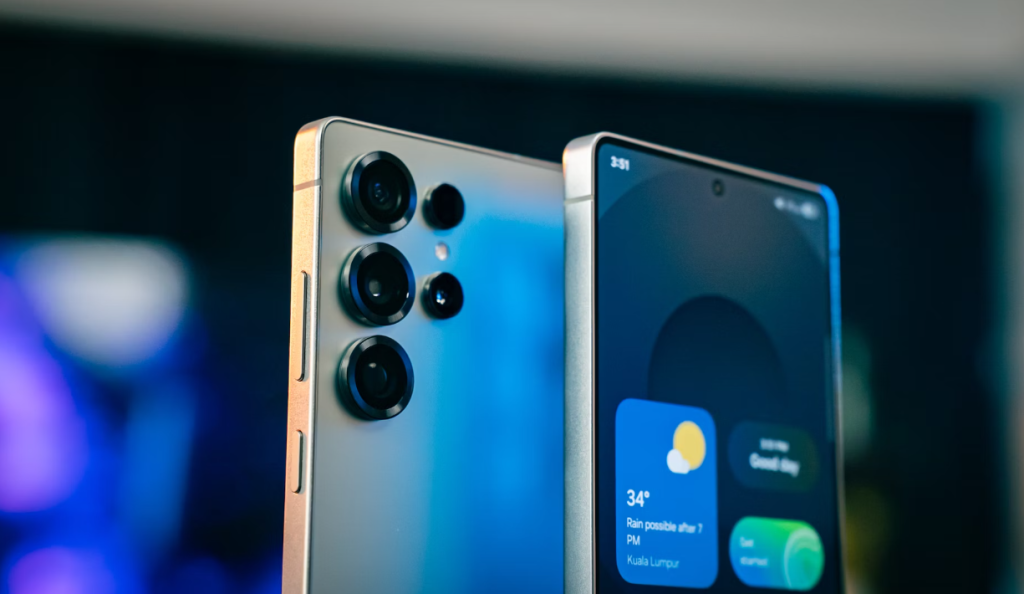

Software and AI: Smarts That Define the Experience
Software is the soul of a smartphone, and both iOS 18 and One UI 7 bring AI to the forefront.
Apple Intelligence in iOS 18
Apple Intelligence, rolled out with iOS 18, feels like a personal assistant who’s still learning the ropes. Features like text rewriting and photo editing are handy, but the beta-like experience lags behind competitors. The ecosystem—think AirPods, MacBooks, and iCloud—keeps you locked in, and five years of updates ensure longevity. But is Apple playing catch-up in AI?

Galaxy AI and One UI 7
Samsung’s Galaxy AI is like a Swiss Army knife, offering tools like the Personal Data Engine and multi-app commands. One UI 7, based on Android 15, is customizable and intuitive, with seven years of updates guaranteed. Features like AI-assisted object eraser give it a creative edge. If flexibility is your thing, Samsung’s software shines. But does it overwhelm casual users?

Battery Life and Charging: Staying Powered Up
A phone’s no good if it dies mid-day. Let’s see how these flagships keep the lights on.
iPhone 16’s All-Day Battery
The iPhone 16’s ~3561mAh battery delivers about 6 hours of screen-on time, enough for a full day of moderate use. But 25W wired and 15W wireless charging feel like a snail’s pace compared to rivals. MagSafe is a nice touch, but slow speeds frustrate. Can Apple’s efficiency make up for it?

Galaxy S25’s Efficiency Edge
With a 4000mAh battery, the Galaxy S25 stretches to 8 hours of screen-on time, thanks to the Snapdragon’s efficiency. Its 25W wired charging is still sluggish for a flagship, but Qi2 compatibility adds versatility. If battery life is your priority, Samsung’s got the upper hand. Who’s ready for the long haul?

Price and Value: What’s Your Money Buying?
Both phones start at $799 for 128GB, but the value diverges. The iPhone 16’s 256GB model costs $899, while the Galaxy S25’s is $859. Samsung’s 512GB option is $140 cheaper than Apple’s, and trade-in deals sweeten the pot. The iPhone holds resale value better, but Samsung’s lower storage costs and AI features offer bang for your buck. Which gives you more?

Ecosystem and Support: Beyond the Device
Apple’s ecosystem is like a walled garden—beautiful but restrictive. Seamless integration with Apple Watch and iPads is a dream, but you’re locked in. Samsung’s ecosystem is more open, playing nice with Windows and other Android devices. Both promise long-term support, but Samsung’s seven-year commitment edges out Apple’s five. Where do you want to live—Apple’s castle or Samsung’s open field?

Which Flagship Wins in 2025?
The iPhone 16 is the king of simplicity, with a polished ecosystem, stellar video recording, and a premium build. It’s perfect for Apple fans and those who value ease of use. The Galaxy S25, however, is the rebel with a cause—offering a brighter display, versatile cameras, and cutting-edge AI. If you crave flexibility and raw power, Samsung’s your pick. The winner? It depends on you. Are you Team Apple or Team Samsung?
Conclusion
The iPhone 16 and Galaxy S25 are titans of 2025, each bringing unique strengths to the table. Apple’s refined ecosystem and video prowess cater to those who love a seamless experience, while Samsung’s bold display, AI smarts, and camera versatility appeal to power users. Your choice hinges on what you value most—simplicity or flexibility. Dive into the specs, weigh your priorities, and pick the flagship that lights up your world. The future’s in your hands—grab it!
FAQs
1. Which phone has better battery life, iPhone 16 or Galaxy S25?
The Galaxy S25 generally offers longer battery life, with up to 8 hours of screen-on time compared to the iPhone 16’s 6 hours, thanks to its 4000mAh battery and efficient Snapdragon chip.
2. Is the Galaxy S25’s camera better than the iPhone 16’s?
The Galaxy S25’s triple-lens system, including a telephoto lens, gives it an edge for zoom and versatility. The iPhone 16 excels in video quality and ease of use, so it depends on your photography needs.
3. How do Apple Intelligence and Galaxy AI compare?
Galaxy AI is more advanced and feature-rich, with tools like multi-app commands and photo editing. Apple Intelligence is simpler but less polished, feeling like a work in progress.
4. Which phone is more durable?
Both have IP68 ratings, but the iPhone 16’s Ceramic Shield and aluminum frame offer slightly better drop resistance compared to the Galaxy S25’s Gorilla Glass Victus 2.
5. Should I choose based on price?
The Galaxy S25 offers better value for higher storage tiers, with lower prices and trade-in deals. The iPhone 16 holds resale value better, so consider your budget and long-term plans.

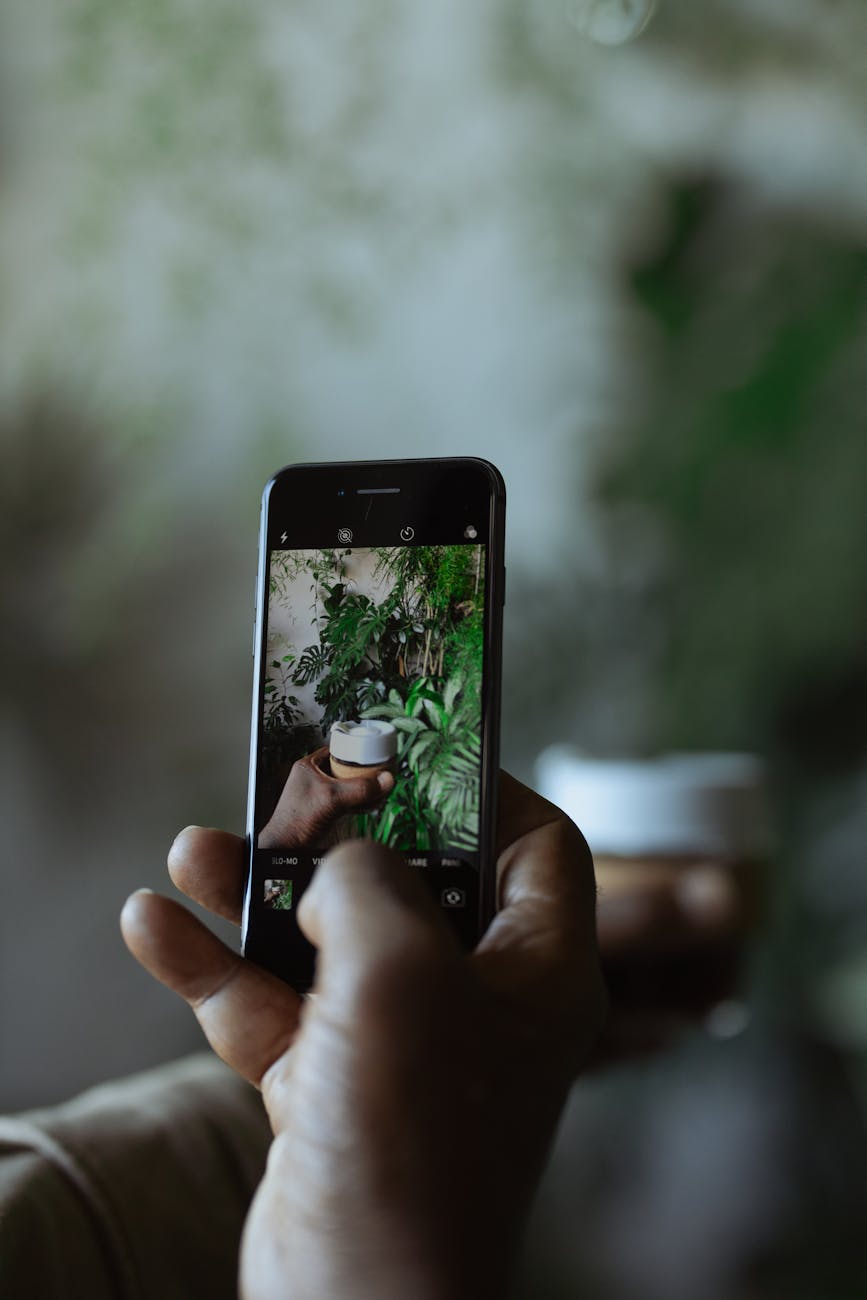
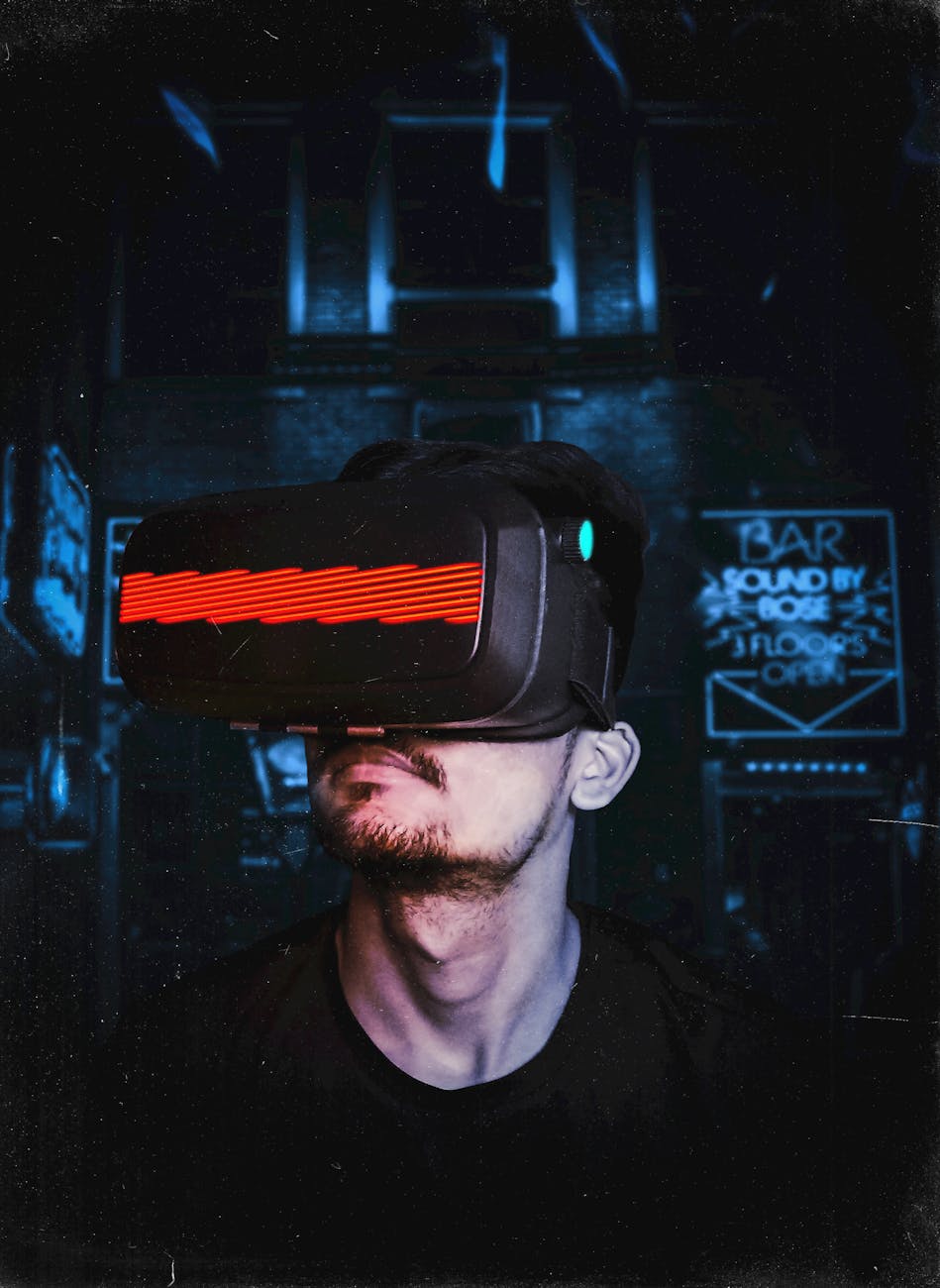

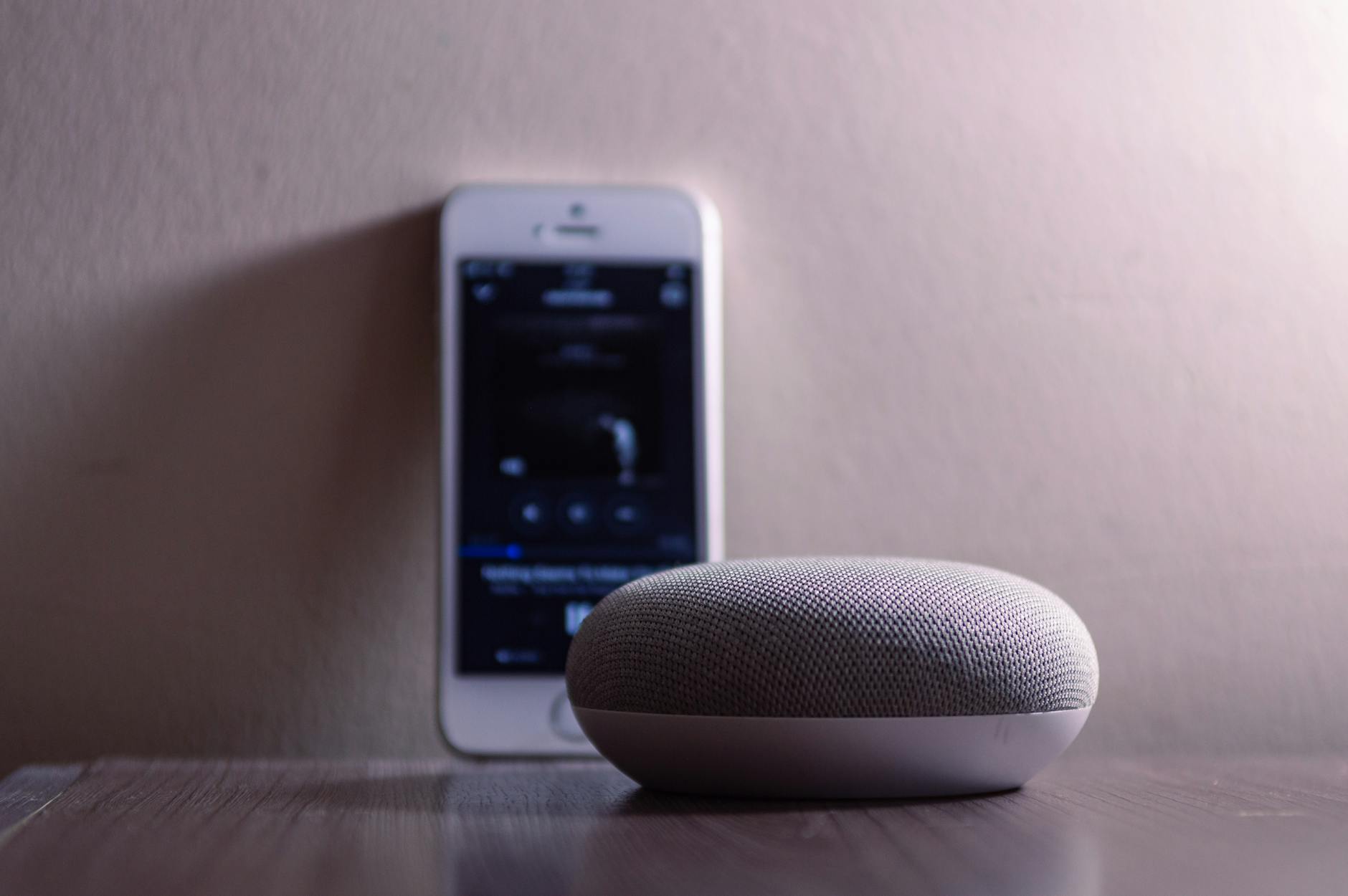
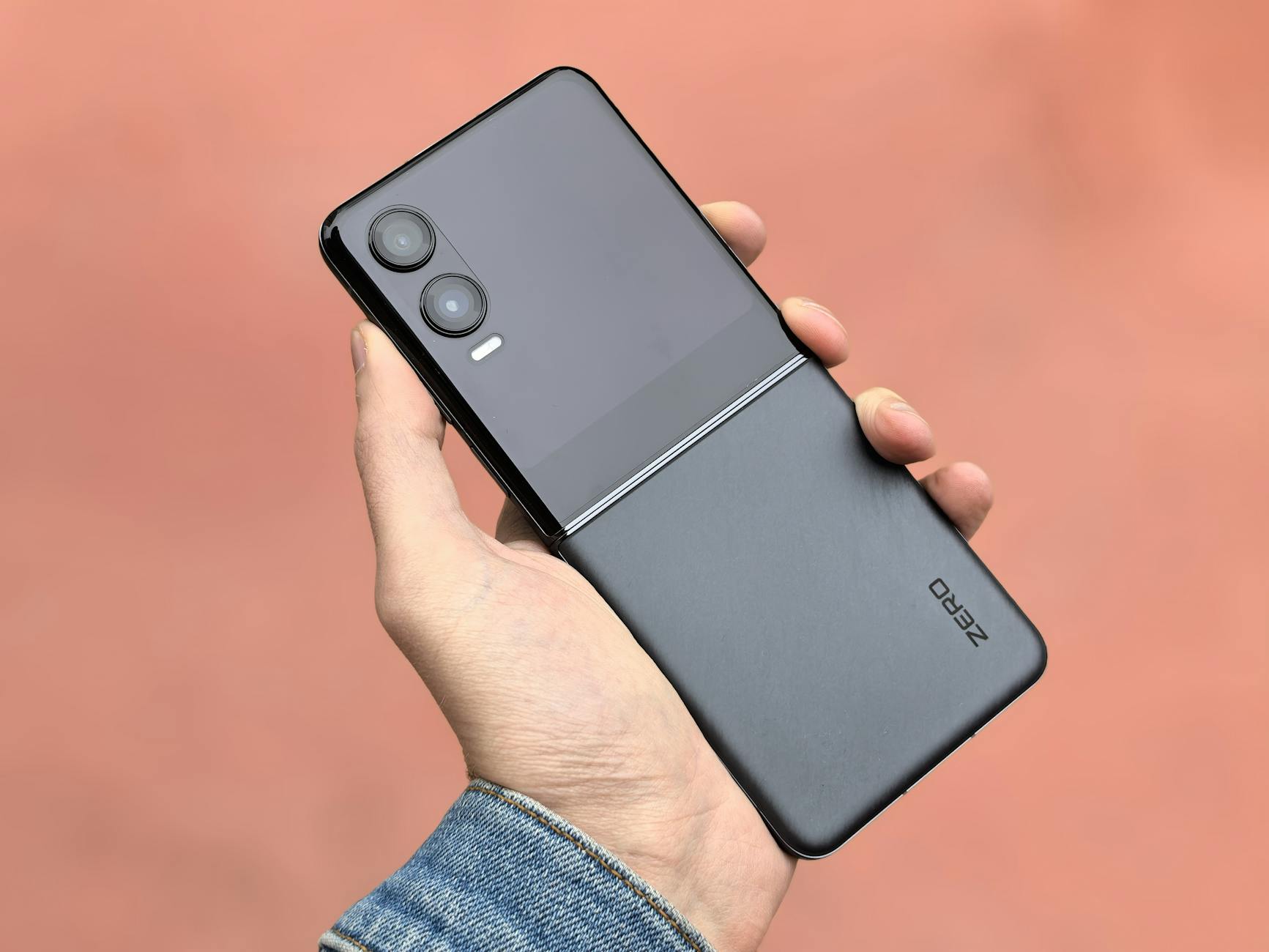
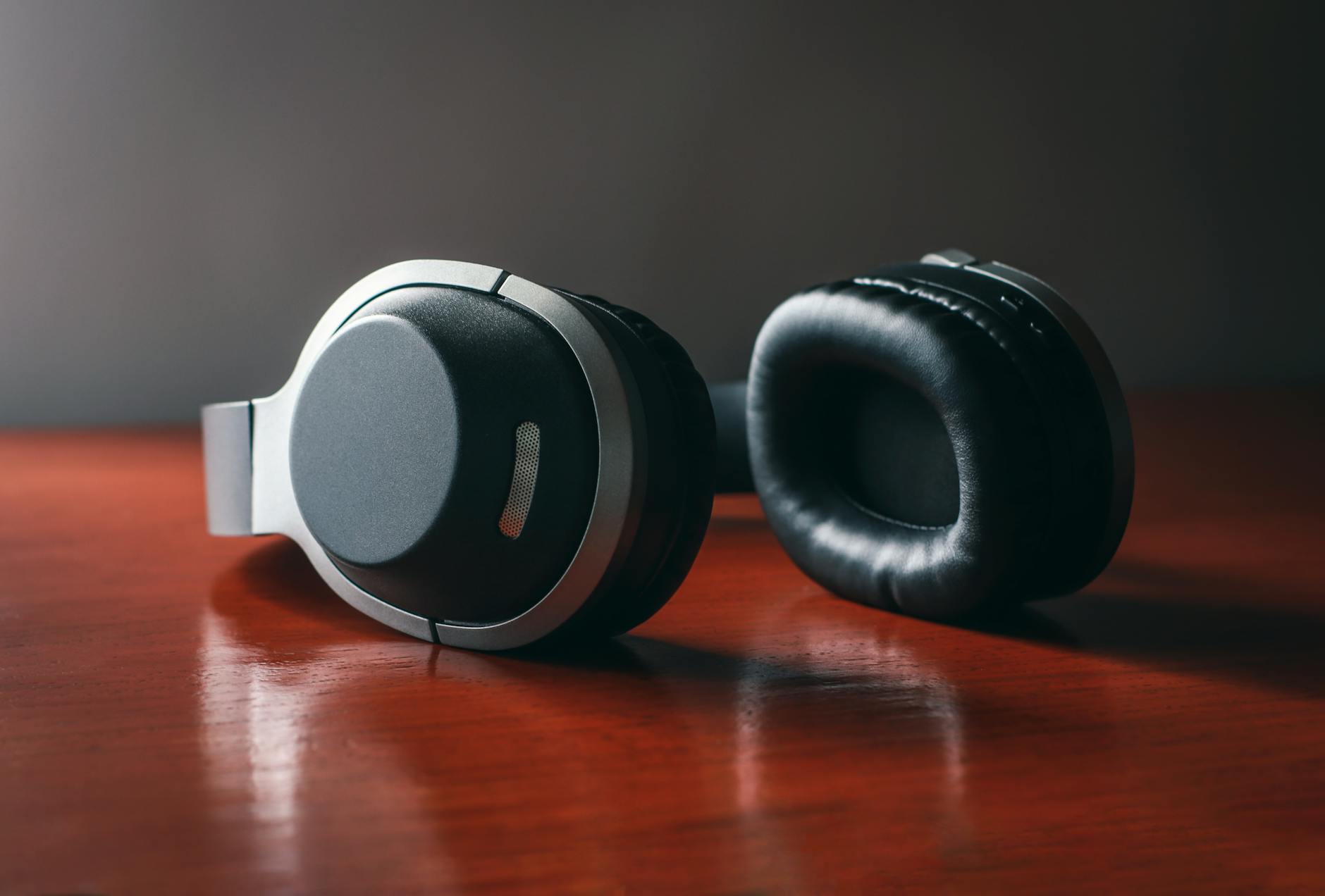




Leave a Reply